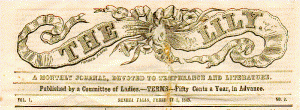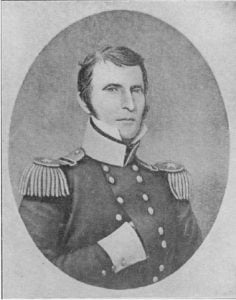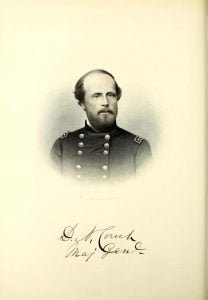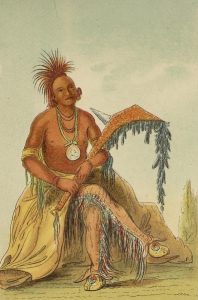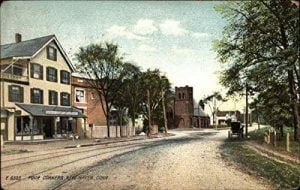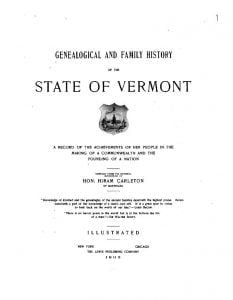A History of Waterloo New York Newspapers
The pioneer printer of Seneca County was George Lewis, who, in the year 1815, started in the village of Ovid a small sheet entitled the Seneca Patriot. The office of publication was located on Seneca Street, in the upper story of a building on whose site the engine-house now stands. At the close of a single volume, Mr. Lewis changed the name of his paper to The Ovid Gazette, and when Elisha Williams secured the removal of the County seat to Waterloo, Lewis removed hither with his press in May, 1817, and continued the issue of his paper as The … Read more

